Isernia. View from Pesche
2025
You may also like
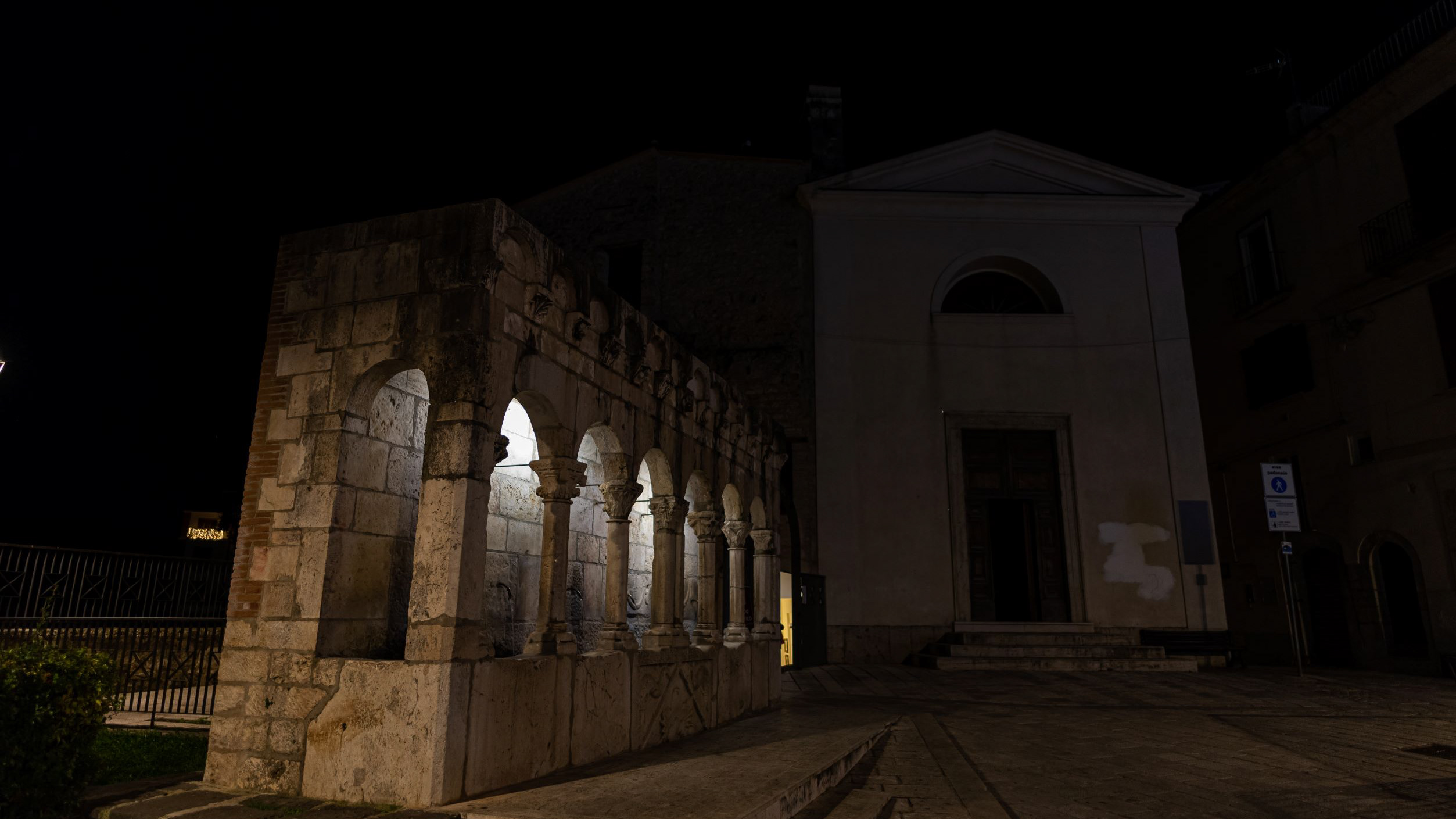
2022
Isernia. The "Fraternal Fountain"
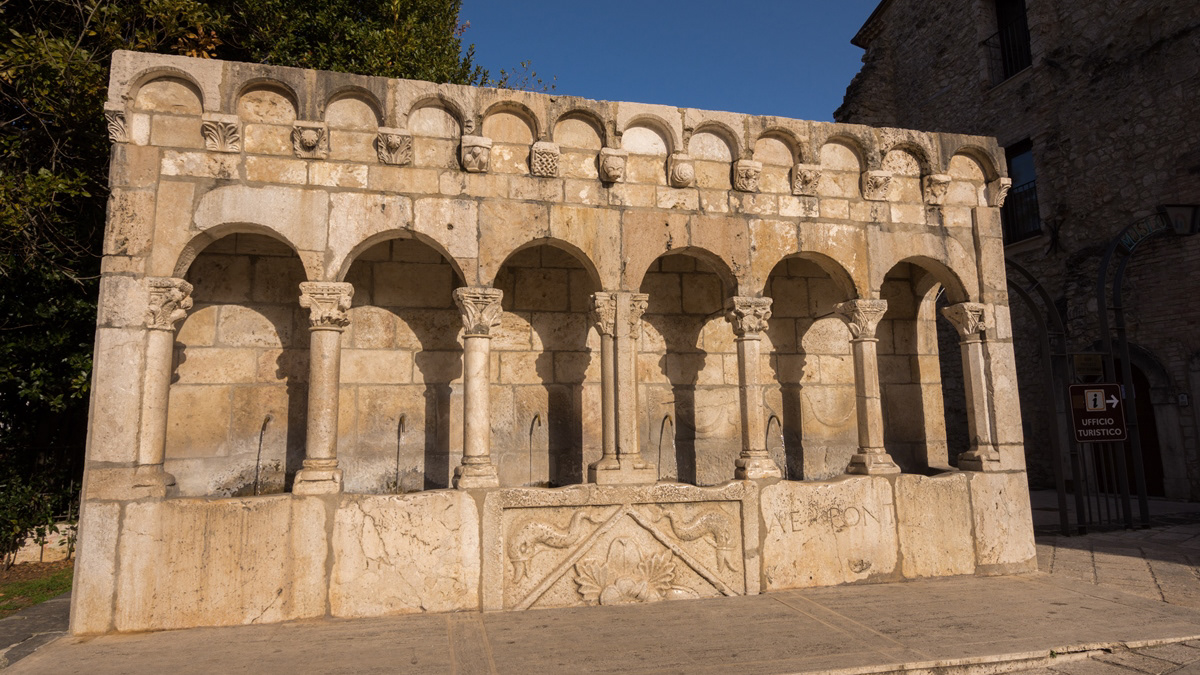
2017
Isernia - Fontana Fraterna
La "fontana Fraterna" (o fontana della Fraterna, fontana della Concezione, fontana delle Sette Cannelle o semplicemente Fraterna) è un'elegante fonte pubblica, nonché simbolo, della città di Isernia. Annoverata dall'Enciclopedia Treccani fra le più belle d'Italia, con sei getti d'acqua, dalle inusuali forme di un loggiato, realizzata con blocchi di pietra calcarea compatta, è una delle opere più significative e più importanti del comune pentro. Anticamente sorgeva in piazza Fraterna, di fronte alla chiesa della Concezione, ma dopo il bombardamento alleato del 1943 è situata in piazza Celestino V (ex largo Concezione), nel cuore del centro storico della città.
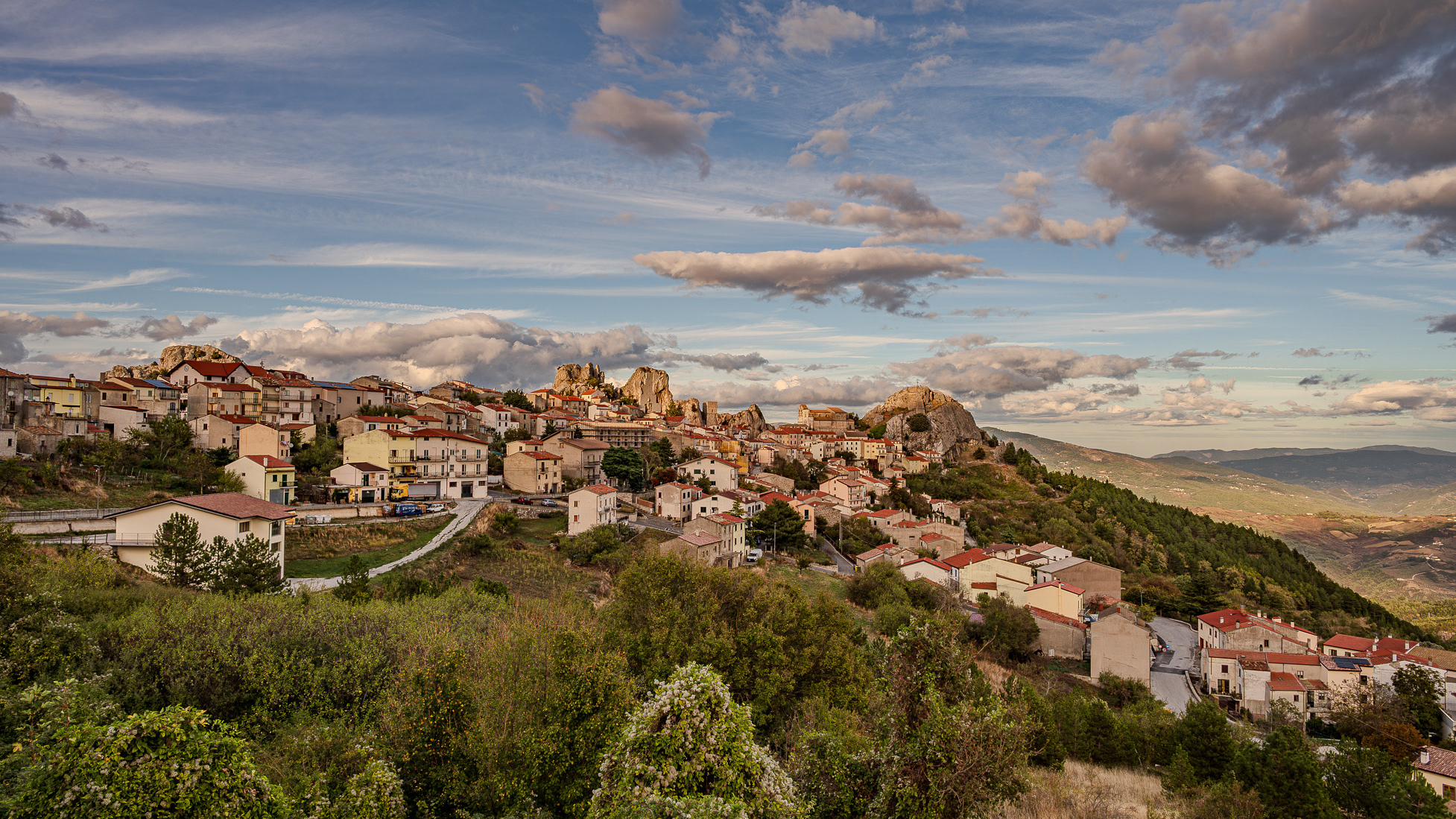
2023
Pietrabbondante. Panorama
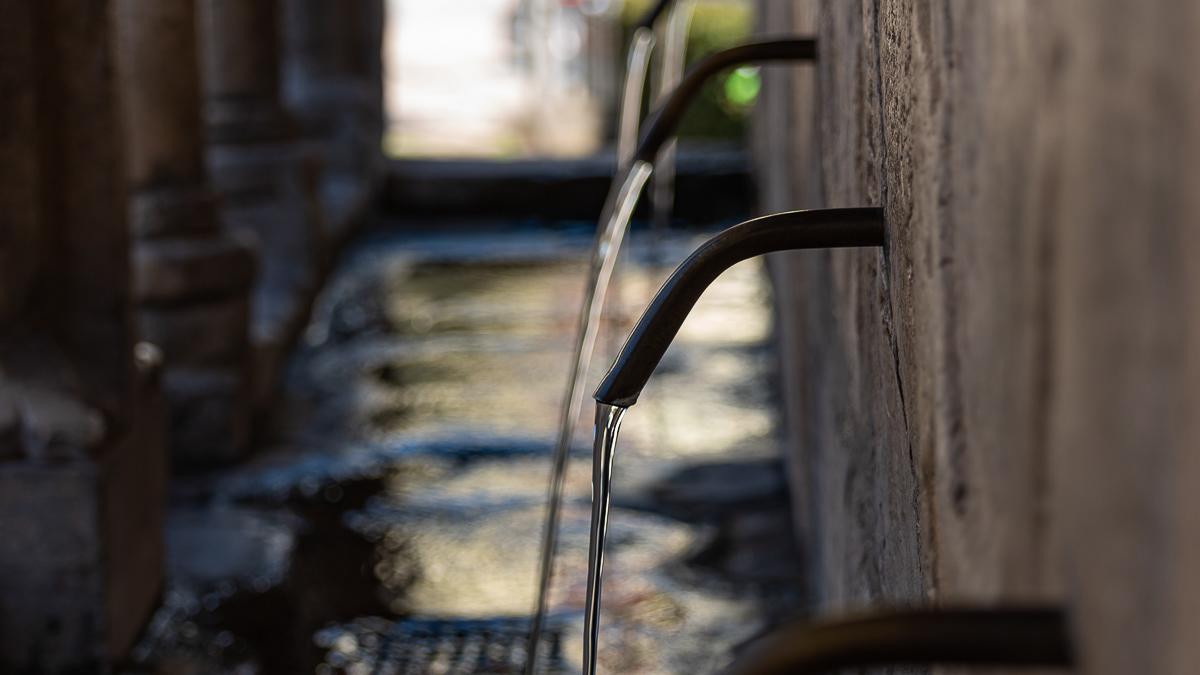
2021
Isernia, Fontana Fraterna
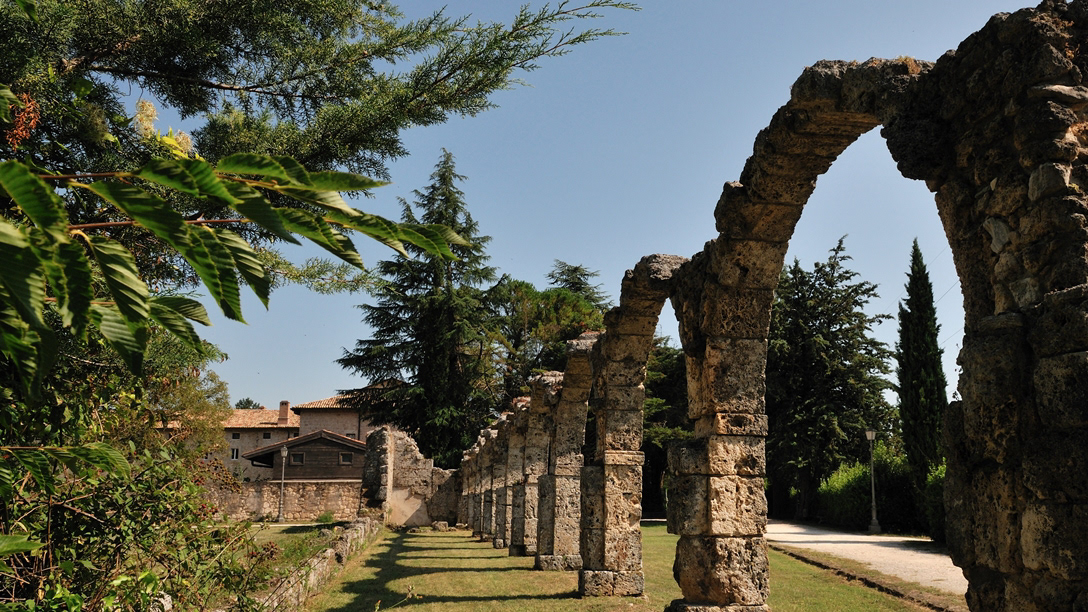
2014
Molise - Abbazia di San Vincenzo al Volturno (IS)
L'abbazia di San Vincenzo al Volturno è una storica abbazia benedettina posta nel territorio dei comuni di Castel San Vincenzo e di Rocchetta a Volturno in Provincia di Isernia, nell'Alta Valle del Volturno
2020
Macchia d'Isernia. Baronial castle D'Alena
The castle occupies a substantial portion of the ancient circular village. It was built around 1100 by Clementina, daughter of Ruggero II Normanno, king of Sicily, when the fiefdom was part of the county of Ugone del Molise. The garrison passed into the hands of the Anjou, the Afflitto and the Rotondi barons. In 1480 it was restored in the Renaissance style as a patrician residence, purchased by Giovanni Donato della Marra, who was count of Macchia. In 1748 the castle was sold to Maria Grazia Rotondi, then sold to Nicola d'Alena. Celeste d'Alena was baroness of Macchia, married to the Frisari, counts of Bisceglie and patricians of Castel San Vincenzo. The façade of the building dominates the square in front of the village, embellished by a Renaissance loggia with round arches. The first part of this loggia dates back to the Aragonese period, with a roof resting on 5 small arches. The rest of the castle is spread over 3 levels, the highest of which is the attic. In the inner courtyard the beautiful Renaissance staircase with the colonnade, which leads to the noble floors, stands out. On the ground floor there are the cellars, the stables and the servants' rooms. The upper floor was the home of the nobles, with various rooms, including the private chapel with different relics. In 1984 the castle was fully restored, being brought back to its eighteenth-century splendor.

2025
Frosolone. Church of San Michele Arcangelo
2023
Fornelli
Fornelli, italian municipality of 1,883 inhabitants in the province of Isernia in the Molise region. It is part of the circuit of the most beautiful villages in Italy.
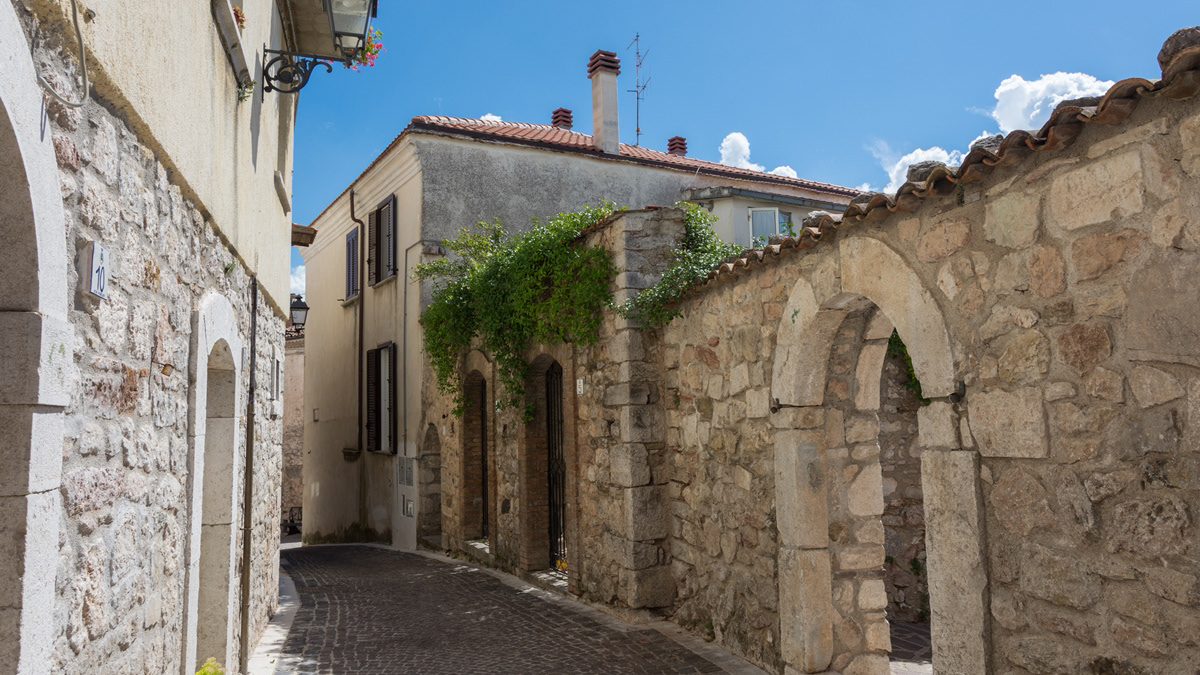
2016
Molise - Fornelli (IS)
Fornelli (Furnièllè in molisano) è un comune italiano di 1.905 abitanti della provincia di Isernia nel Molise. Fa parte del circuito dei Borghi più belli d'Italia. È città dell'olio. Giace in parte su una collina lambita dal torrente Vandra, che confluisce nel Volturno, e in parte sul monte Cervaro, ove supera i 1000 metri. Il nome gli deriva forse da un forno per la produzione di laterizi cotti presente nell'antichità nel paese e al servizio della Badia di San Vincenzo. Fornelli, infatti, è caratterizzato da un terreno ricco di argilla.
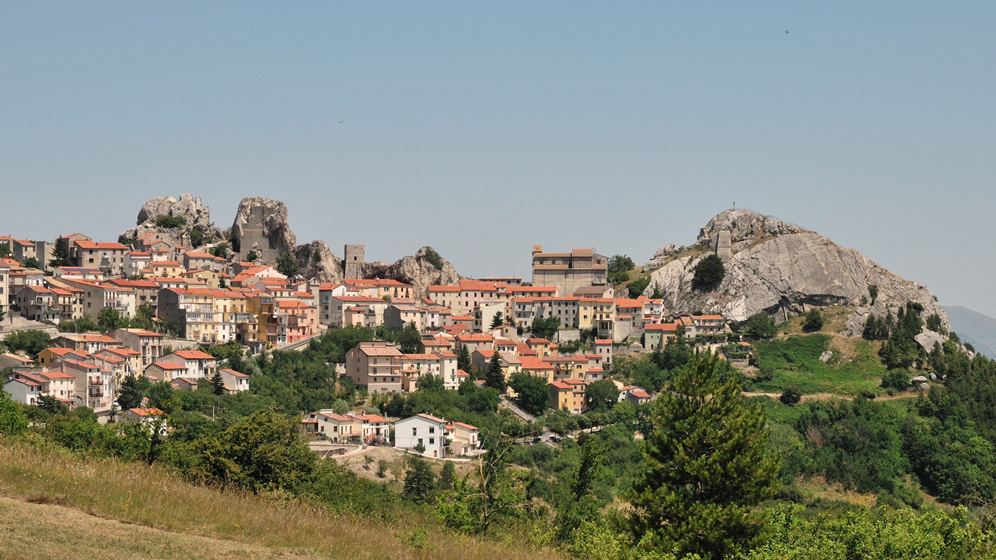
2015
Molise - Pietrabbondante (IS) Il Teatro Italico
Il teatro e tempio italico di Pietrabbondante fanno parte di una vasta area archeologica ricadente nel territorio comunale di Pietrabbondante, in provincia di Isernia, nella regione Molise. Ubicati a circa m. 966 di altitudine s.l.m. essi occupano un ripido declivio che si affaccia sulla valle del Trigno, in località Calcatello, a circa un chilometro di distanza, in linea d'aria, dalla vetta del monte Saraceno. La zona non è attraversata da alcun tracciato stradale di grande comunicazione; sono individuabili tracce di un antico sentiero esistente tra il moderno abitato di Pietrabbondante ed il vicino monte Saraceno, già praticato in antico, una direttrice stradale che ancora oggi segue l’andamento del ripido pendio e, costeggiando il lato orientale del monte, rappresenta l’unica via di accesso all'area fortificata posta in vetta. L’area sacra rappresenta, per le sue caratteristiche architettoniche e per la sua monumentalità, la testimonianza archeologica di maggior rilievo della cultura della popolazione italica dei Samnites Pentri, e la sua esplorazione sistematica ha consentito di ricostruire le vicende storiche del territorio attraverso i secoli ed ha fornito una quantità rilevante di dati sul più importante luogo di culto dello stato sannitico.
